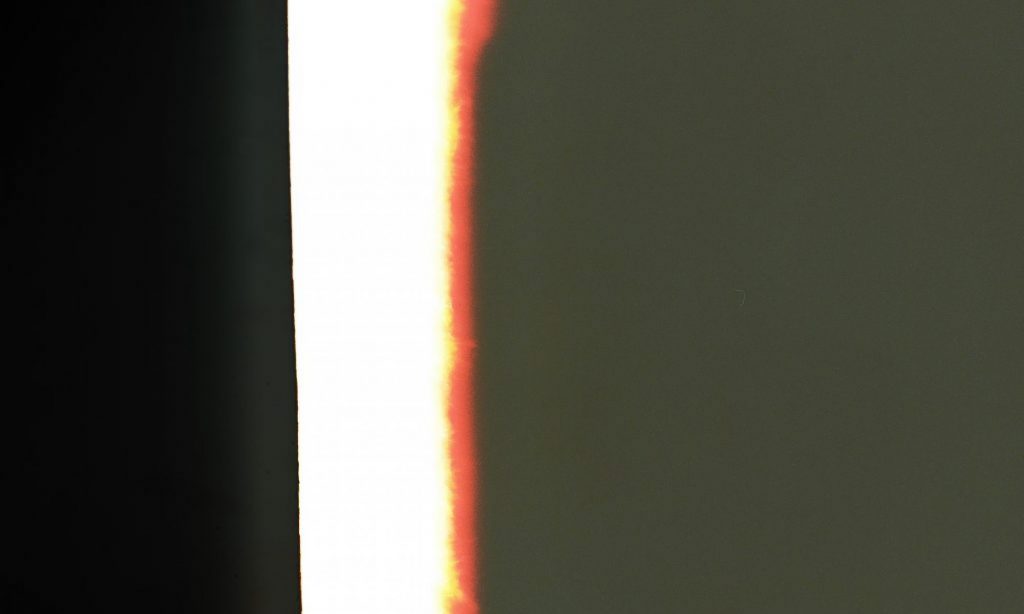I can’t attend the group tutorial session tomorrow because I am part of Jess’ team on the music video she is directing, and will also help Rose on her shoot. Vicky and I had an Skype tutorial this morning to discuss what ideas I had in mind for my final Master’s project.
I want to continue with my research proposal for the Research Methods unit on Spanish and Japanese aesthetics and influences in contemporary fashion media. I am interested in understanding how female identity is portraited from both Eastern and Western perspectives.
I will be travelling to Japan in the summer and I want to film the outcome of my project while I am there. I talked about the challenge of doing a shoot in an unknown city in my last post. I find it really stimulating as a visual artist but I know it takes a lot of preparation and needs to start with the production phase asap.
As I want to contrast both cultures, an initial idea is to film in both countries for the video. Vicky also suggested to maybe include London? as I am living here now. These are some of the questions I need to think about now:
Am I using garments? Is it going to be a narrative story? What is it about? What is it for? Concept: female identity. Be specific? who what where when why how? Rural or Urban? City or Natural environment? What does it mean when people see it? Connotations and denotations of location. Location scouting, put moodboards together for locations. Will I need to carry out any research while I am in Japan (focus groups/primary research).
THINK OF THIS UNIT AS A PROCESS OF REFINEMENT.
THINK ABOUT FILMMAKING AS A LENSE-BASED TECNIQUE.

